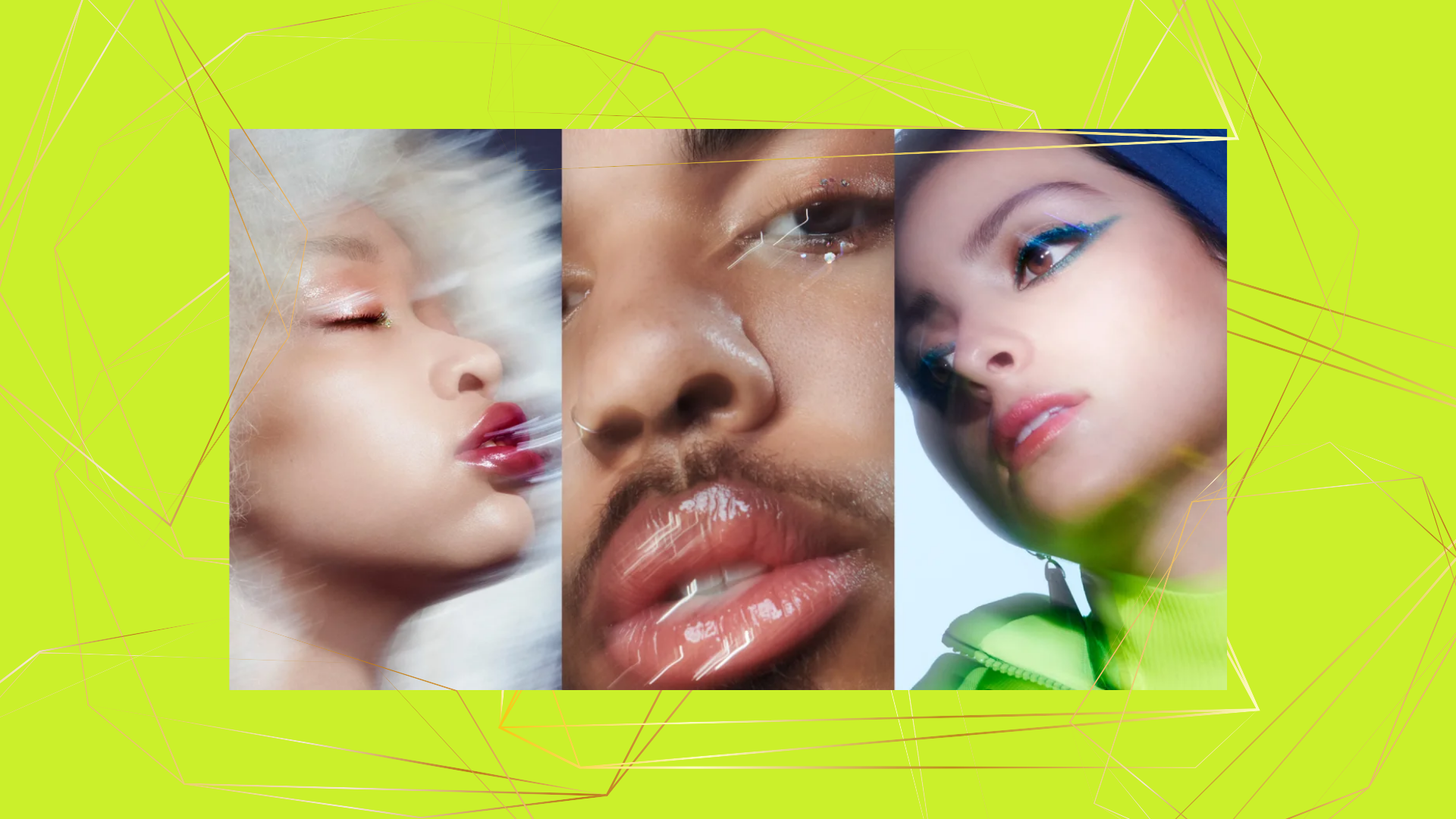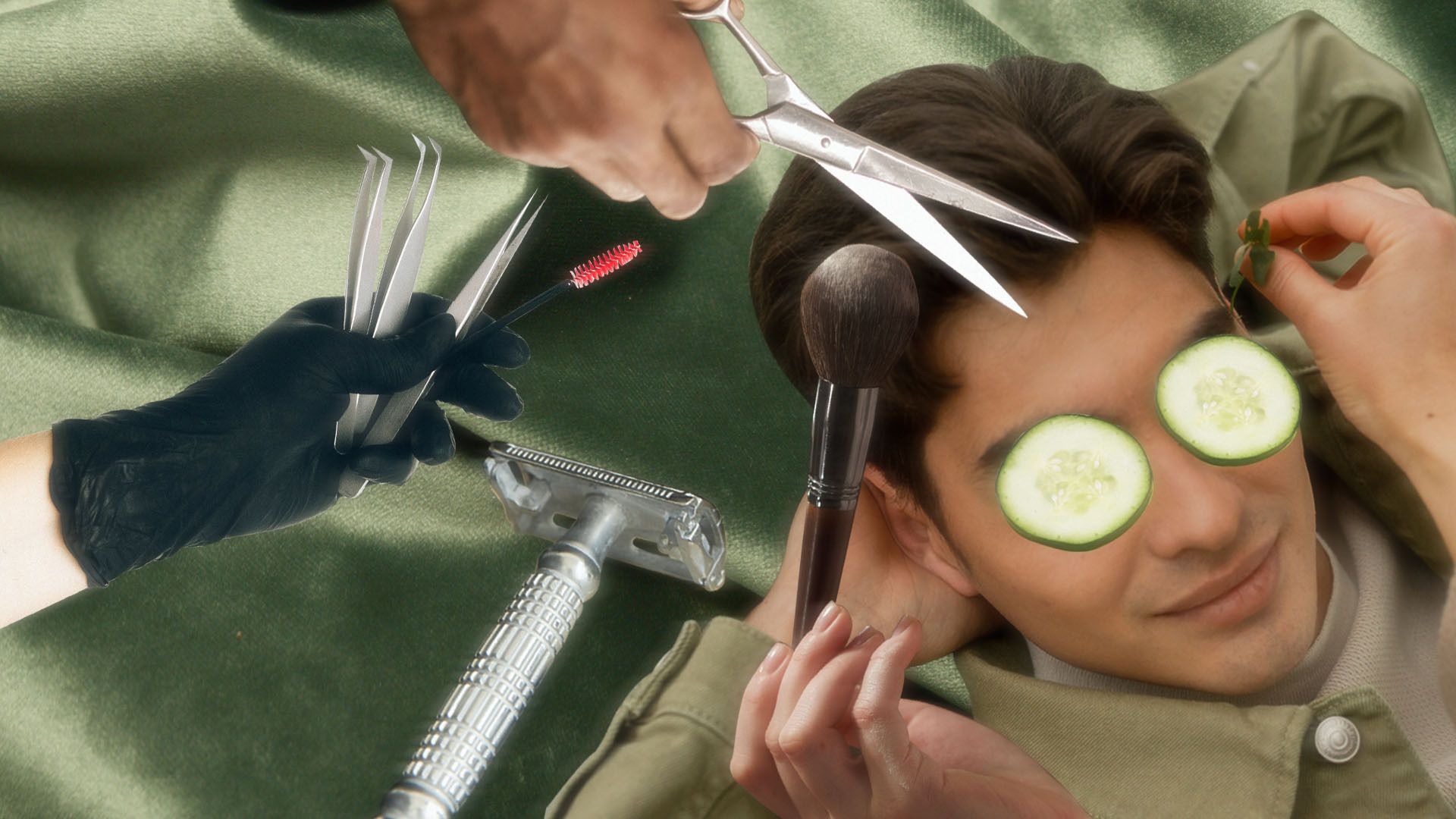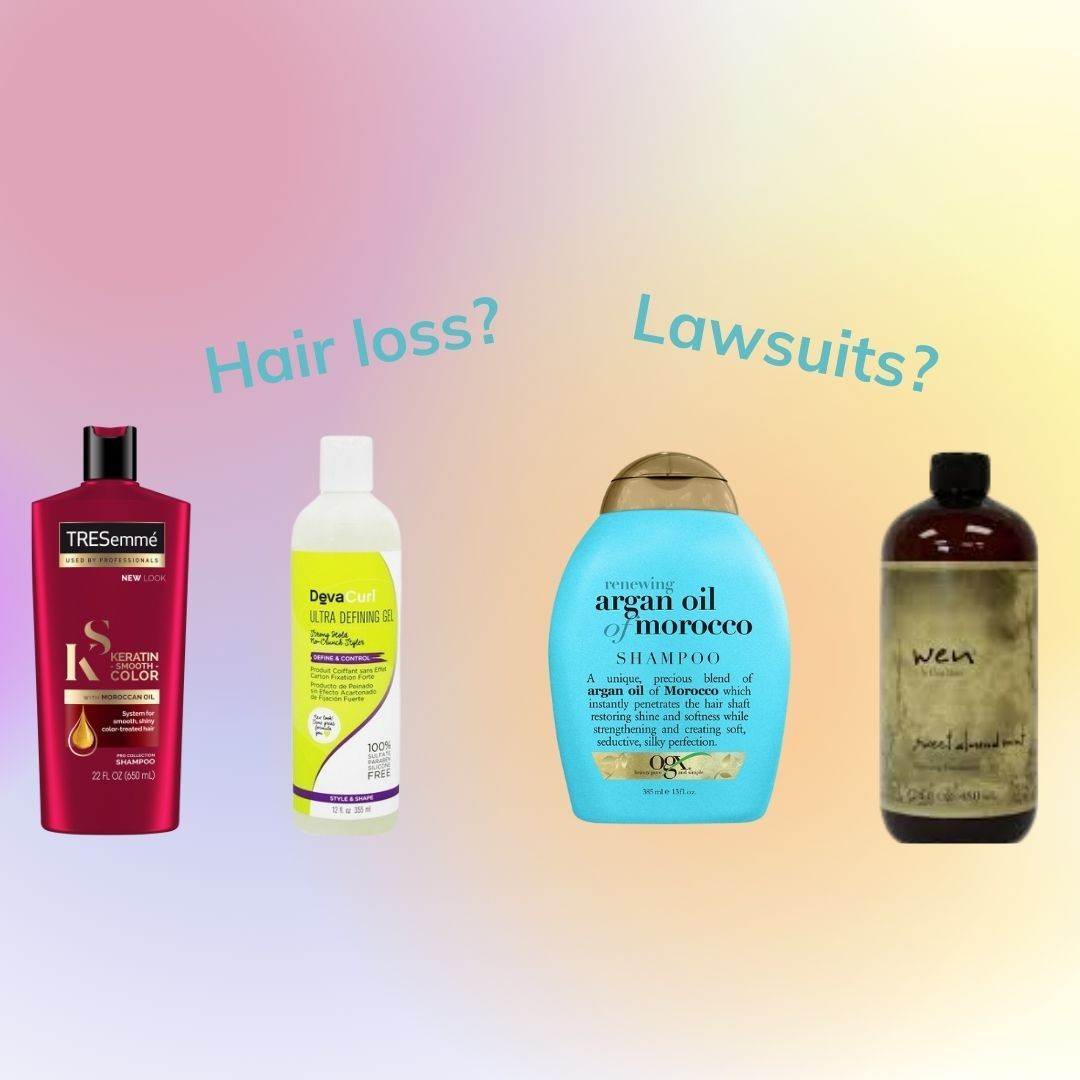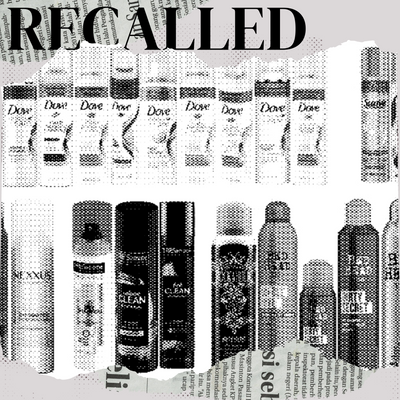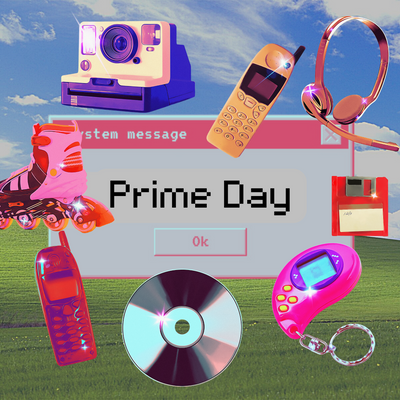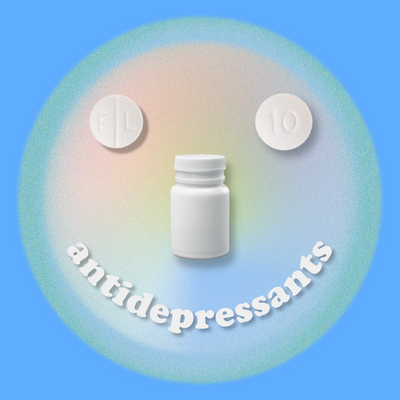At the gas pump and the grocery store. At your favorite retailers and even at the classic $1 pizza joints in New York City. Inflation is everywhere, and not even your makeup bag is safe.
Over the last year, numerous beauty brands have been raising their prices — one more industry being impacted by the recent spike in inflation since the start of the pandemic. Naturally, as someone who already has to carefully budget and plan for my current beauty shopping habit, I was more than a little concerned.
While some brands have been increasing their prices quietly, being spotted only by eagle-eyed beauty fans, others have been putting out announcements warning their customers of the changes.
The recent hike in the price of goods has been a global issue, one that some economists blame on the spike in demand after pandemic lockdowns began to end. The common reasoning among beauty brands for their increases has been raised costs associated with making and shipping their products. A large demand for products in a post-lockdown world skyrocketed the price of supplies.
When E.L.F. Cosmetics, a beloved affordable brand, announced a $1 price increase on certain products in March 2022, they cited “unfavorable foreign exchange rates, an increase in freight and shipping costs, and an increase in inventory adjustments” as their driving reasons. But these brands are not alone. According to the DataWeave Beauty Report, over 33% of beauty products saw price increases in April 2022, much higher than the 3% that did the same in April 2021.
On June 21, Glossier announced that they are raising their prices in all of their available shopping regions, including the U.S., Canada, and parts of Europe. While each country’s increase would align with their currency, American shoppers can expect to pay anywhere from $1 to $4 more for their favorites starting July 6. The internet-famous brand blamed the increase on higher production and shipping costs.
While the rising prices might be concerning to some shoppers, it is not one for big-name beauty retailers and corporations. Ulta has reported significantly increased sales in the prestige beauty category [think Urban Decay and Lancôme]. Beauty giant Estée Lauder saw a 23% increase in sales for the first fiscal quarter of 2022, which ended in September 2021. Both companies have reported feeling relatively unfazed by the challenges that have been plaguing other members of the beauty industry.
But while sales may have increased for many retailers and brands, some beauty lovers aren’t happy with these recent price changes. On the Reddit page r/SkincareAddiction, one Redditor lamented the changes in February 2022 with a post entitled “Brands need to CHILL with these price increases!!” about brands such as Cerave and Paula’s Choice raising their prices, which garnered 102 comments with similar examples in the beauty industry.
The price hikes are a necessary part of doing business for brands, according to Dr. Jill J. Avery, Senior Lecturer of Business Administration, and C. Roland Christensen, Distinguished Management Educator at Harvard Business School.* “Many brands in beauty and in other product categories are increasing prices due to inflation’s effects on their supply chains – as raw material and shipping prices increase, brands need to pass along those cost increases to consumers in order to maintain their profit margins.” Not only will brands increase their prices to “reflect the increased cost of producing and transporting beauty products,” but “smaller brands might suffer from out-of-stocks due to supply chain challenges and delays,” she explained.
“In most businesses, there is a negative relationship between price and demand, such that as price rises, demand shrinks. [...] However, some brands are more ‘elastic’ than others,” meaning “demand is highly sensitive to changes in price.” But with “inelastic brands [...], demand is less sensitive to changes in price. Brands with high levels of brand loyalty and brands that position themselves on attributes other than price tend to be more inelastic than those brands with weaker loyalty, weaker levels of brand equity or brand equity focused on price point.”
And while some experts believe that the recent reactionary price increases won’t be permanent and some beauty brands, such as Lime Crime and About-Face, have been lowering their prices recently, Dr. Avery thinks these price hikes are here to stay. “Price increases will likely be permanent. Beauty brands that rely on a low price strategy might find it more difficult to raise prices fast enough to cover their rapidly rising costs,” she says.
*[Editor's note: What? Like it's hard?]
READ MORE LIKE THIS
